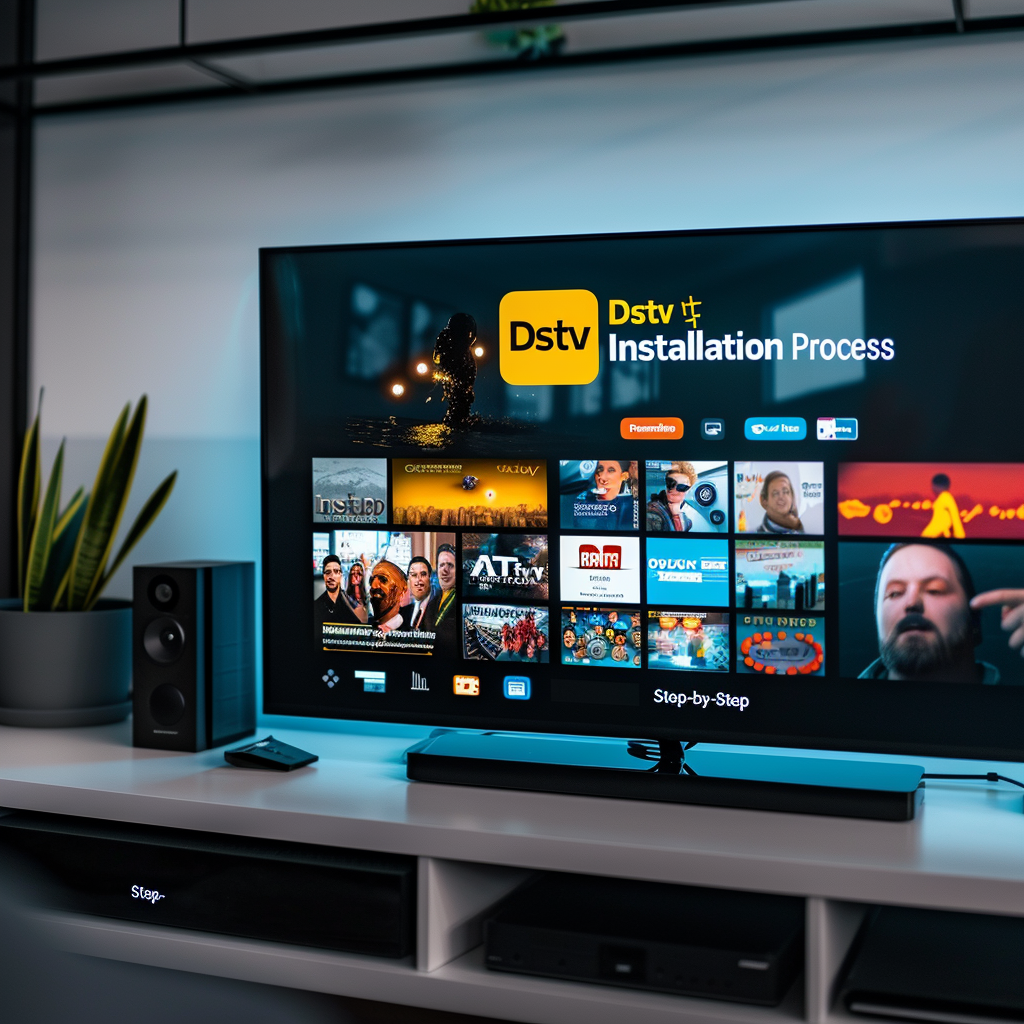Running the cables from the satellite dish to the decoder is a critical step in the DSTV installation process. Proper cable management ensures optimal signal transmission and longevity of the installation. In this guide, we will cover the steps for running the cables effectively and efficiently.
For more detailed guides and professional DSTV installation services, visit DSTV Cape.
Steps to Run the Cables
1. Plan the Cable Route
Before you start running the cables, plan the most efficient route:
- Shortest Path: Choose the shortest path from the dish to the decoder to minimize signal loss.
- Avoid Obstacles: Ensure the cable route avoids sharp bends, high-traffic areas, and potential interference sources such as electrical wiring.
- Indoor vs. Outdoor: Decide whether the cable will run through the exterior or interior of your home. Outdoor runs need additional weatherproofing.
2. Gather Necessary Tools and Materials
Prepare the tools and materials needed for running the cables:
- Coaxial Cable: Use high-quality RG6 coaxial cable for best performance.
- Cable Clips: To secure the cable along the route.
- Drill and Bits: For making holes if you need to pass the cable through walls.
- Sealant: For weatherproofing any exterior holes.
3. Drill Holes (if necessary)
If the cable needs to pass through walls, carefully drill the necessary holes:
- Choose the Right Spot: Avoid structural elements and electrical wiring.
- Use Appropriate Bits: Use a drill bit that matches the size of your coaxial cable.
4. Run the Cable
Carefully run the cable along the planned route:
- Start at the Dish: Connect one end of the cable to the LNB on the dish.
- Secure the Cable: Use cable clips to secure the cable every few feet to prevent sagging and damage.
- Pass Through Walls: If necessary, pass the cable through the drilled holes. Use grommets to protect the cable from sharp edges.
5. Connect to the Decoder
Once the cable is run to the location of the decoder, make the final connection:
- Attach the Cable: Connect the other end of the coaxial cable to the input port on the decoder.
- Tighten Connections: Ensure all connections are tight and secure to prevent signal loss.
6. Weatherproof Outdoor Connections
If any part of the cable run is outdoors, weatherproof the connections:
- Use Sealant: Apply silicone sealant to exterior holes and connections to prevent water ingress.
- Protect the Cable: Use weatherproof tape or conduit to protect the cable from the elements.
Conclusion
Running the cables correctly is essential for maintaining the quality and reliability of your DSTV installation. By planning the route carefully, using the right materials, and ensuring all connections are secure and weatherproof, you can achieve a professional and durable installation.
For additional information and professional assistance, please visit DSTV Cape. Continue to the next step in the installation process with our guide on Connecting the Decoder, or review the previous guide on Preparing the Dish.

